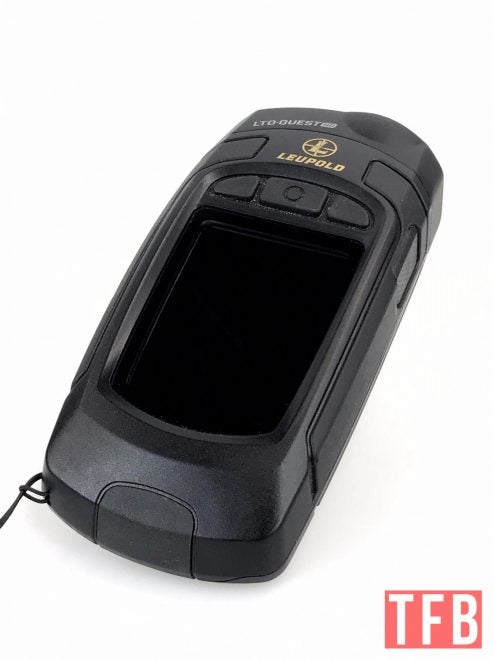Three years ago I reviewed my Leupold Thermal Tracker. Just like the LTO, the LTO-Quest HD is an entry level thermal device. It is a handheld scanner that has a unique form factor that looks like something out of Star Trek. Let us take a look at this LTO-Quest HD and see if it is something you could use on your next Away Mission.
LTO-Quest HD Or Real-Life Tricorder?
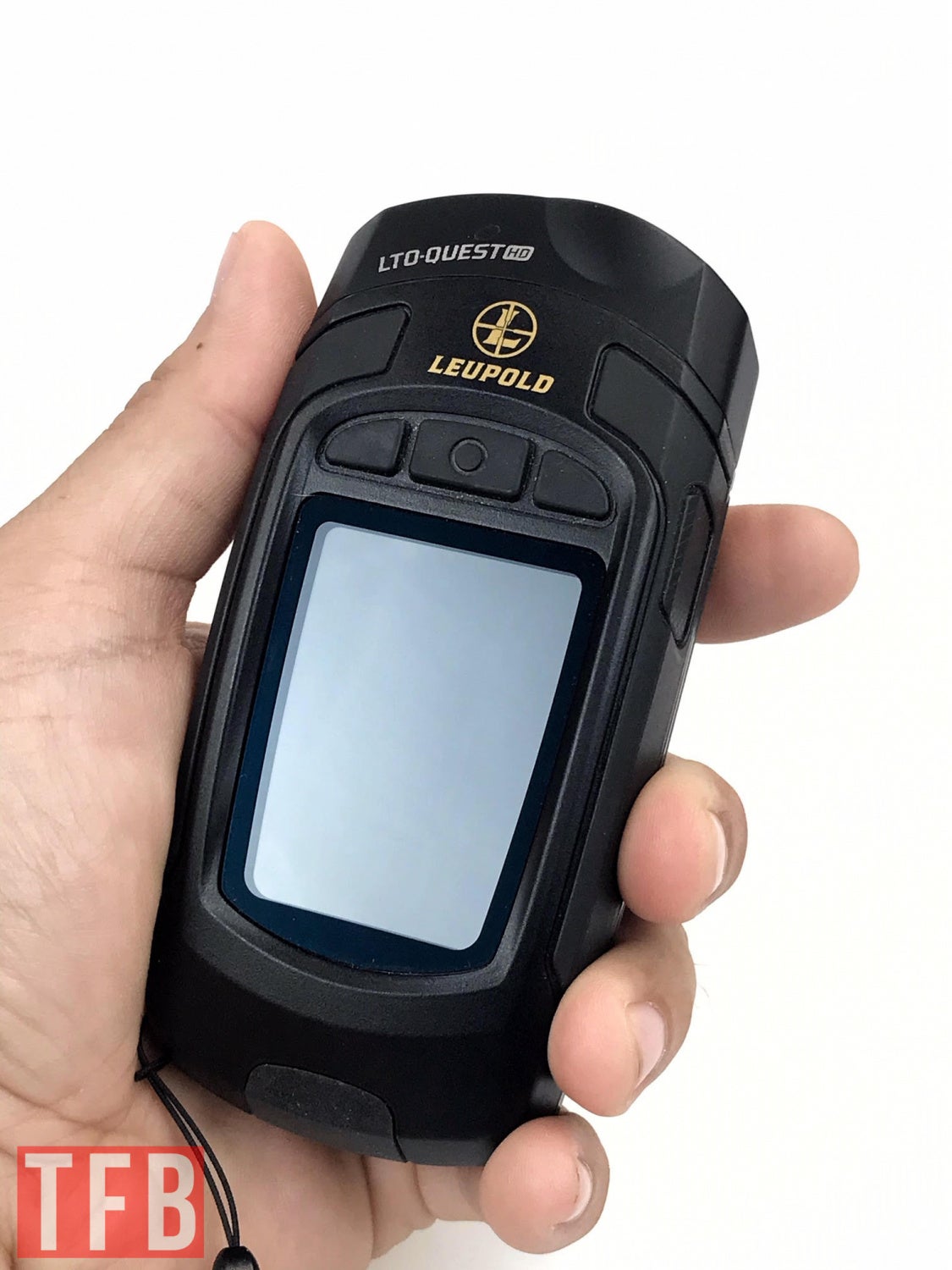
You will notice that the LTO-Quest HD does not look like your standard thermal viewer. The LTO Tracker works like a small red dot. You point it at your target and look at a small screen positioned at the rear of the Tracker. That is not the case with the Quest. You use it sort of like a Star Trek Tricorder. You hold it in your hand and wave the LTO Quest to scan for heat signatures. What separates it from the Tracker is the larger LCD screen on the top of the Quest housing.
Just above the screen are three buttons. The center button is the main power button and once the LTO-Quest is turned on it is the menu button.
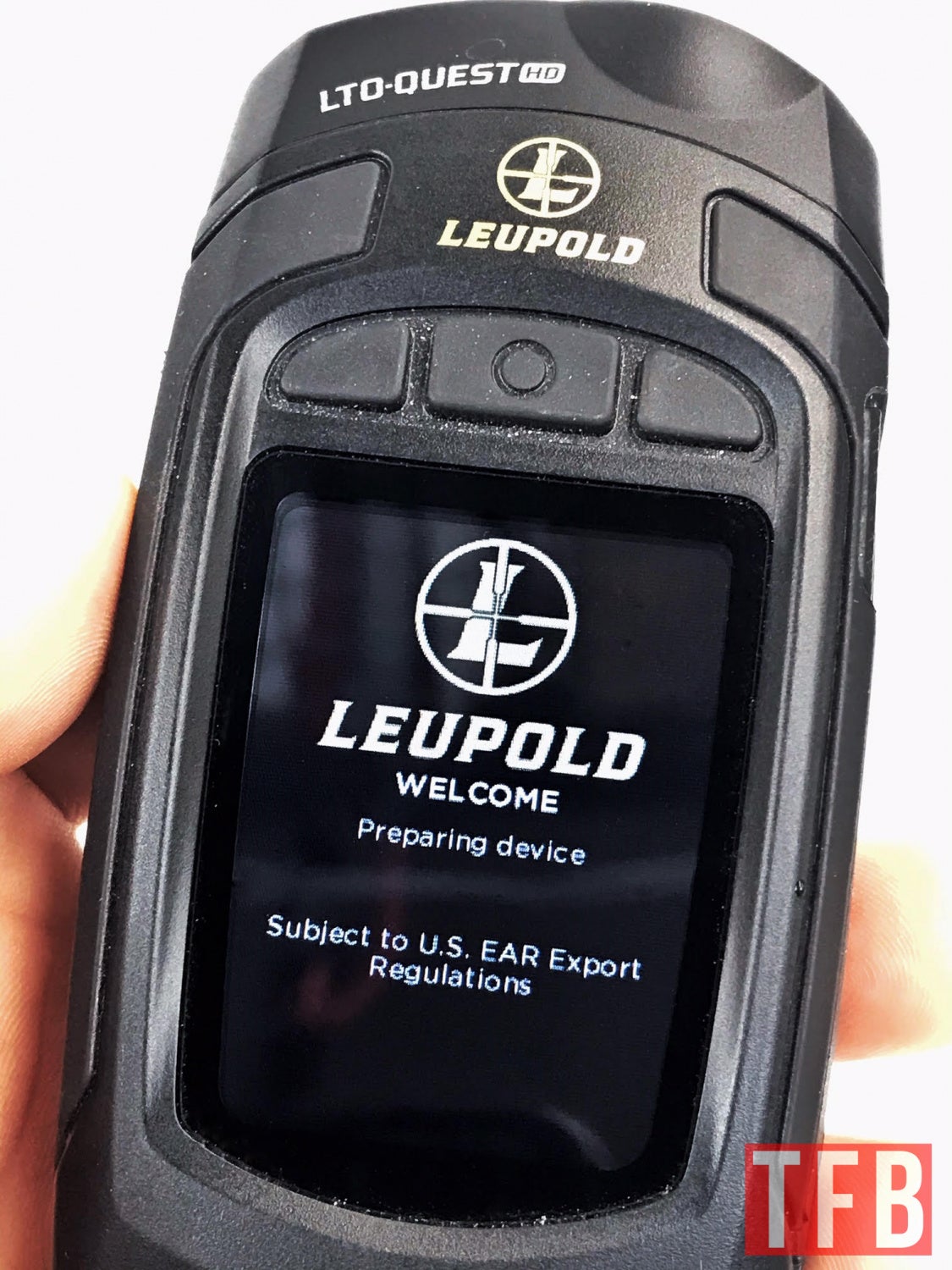
You will notice the Leupold LTO-Quest is not ITAR controlled but it is export-controlled by the Department of Commerce.
As mentioned above, the center button is for the main menu. The left button controls digital zoom and color palette changes. The right button is for capturing a screenshot of the Quest display.
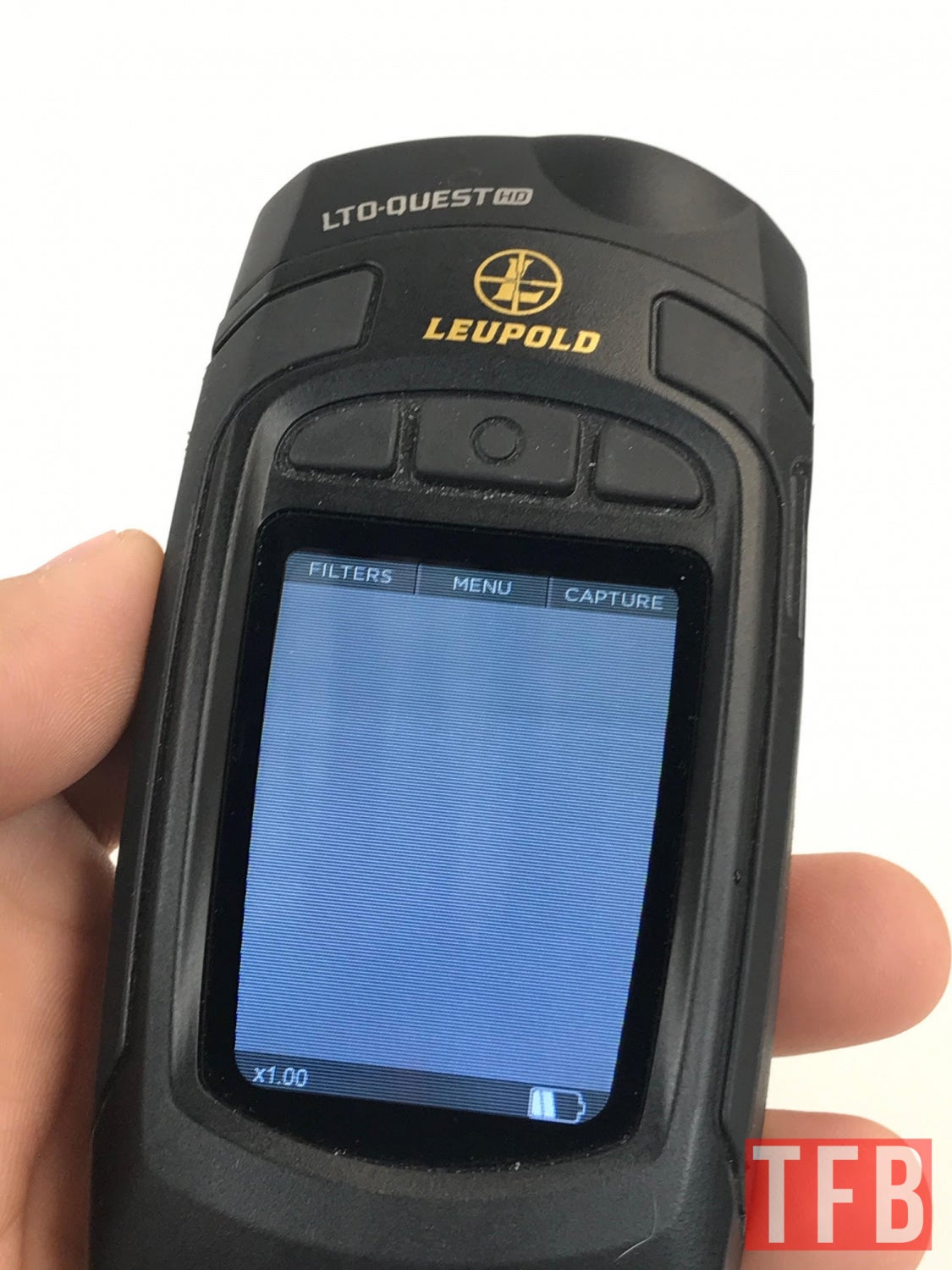
While the LTO Tracker only had six palettes, the Quest has eight.
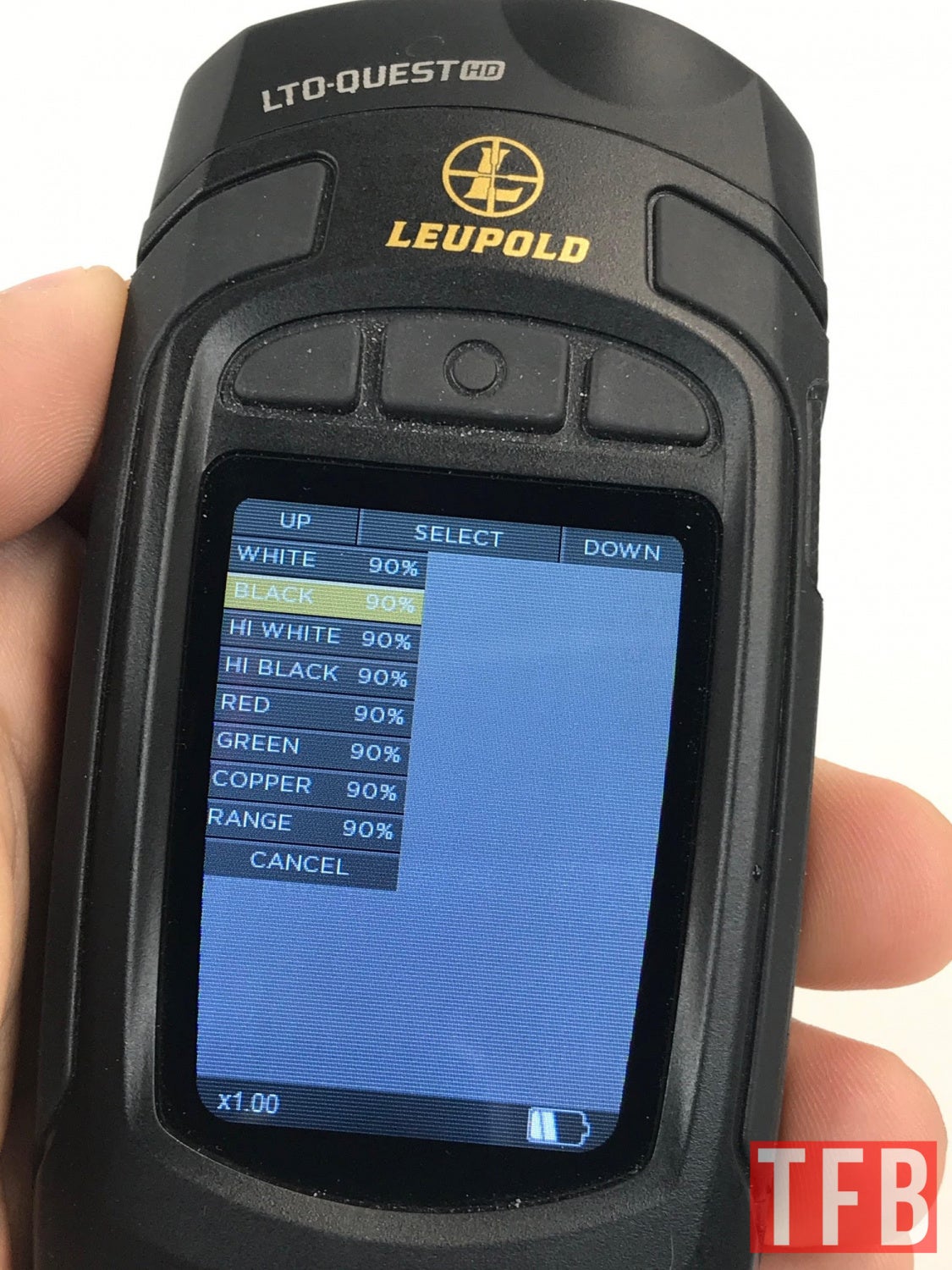
The main menu allows you to view your screen captured images, change the digital zoom, enable a reticle (it’s not really a reticle), set temperature in Fahrenheit or Celcius, and more settings.

The settings option in the main menu allows you to control the power. You can set the Quest to auto shut off if there is no activity for a given period of time. You can also adjust device settings. But this is boring stuff like Date & Time, Language, Watermark (for the screen captured images) and restore default settings. You can also control the flashlight. Yes, the LTO-Quest has a built-in flashlight.

Just off to the side of the thermal germanium lens is a 300-lumen white LED flashlight built into the LTO-Quest. The activation button is on the right side of the housing just around the corner from the capture button. This flashlight is independent of the thermal scanner. It can be activated even when the Quest is turned off. The flashlight has three modes: High, Low, and Strobe. Under settings, you can program how bright High and Low are as well as enable or disable the Strobe feature.

Thermal Scans From The Quest
Since the LCD screen is bigger than the Tracker I thought the image was higher resolution. However, that is not the case. According to an earlier post by Rachel, the Tracker HD has a 390×390 pixel display while the Quest HD has a 320×240 pixel display. So the resolution is lower for the Quest but the LCD screen is bigger so it is easier to see the images than the Tracker. Also, the Tracker HD does not have the screen capture option nor does it have a built-in flashlight.
Below are some examples captured by the Quest. Even though the resolution is low, I was surprised by the amount of subtle detail the Quest was able to pick up.

You can almost read the FORD emblem on this SUV.

The Quest shows these two USPSA targets overlapping and you can make out the bottom part of the top target behind the lower target.
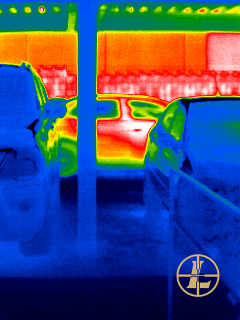
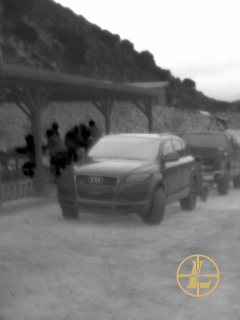
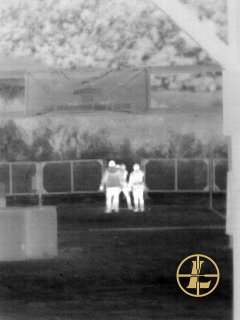
Remember I mentioned the menu has the option for a reticle? Well, it is not like the LTO Tracker, which has digital crosshairs that is not adjustable. Instead, the Quest HD has a small box or crosshairs in the center of the screen and where ever you point that reticle, the Quest tells you the temperature of that object.
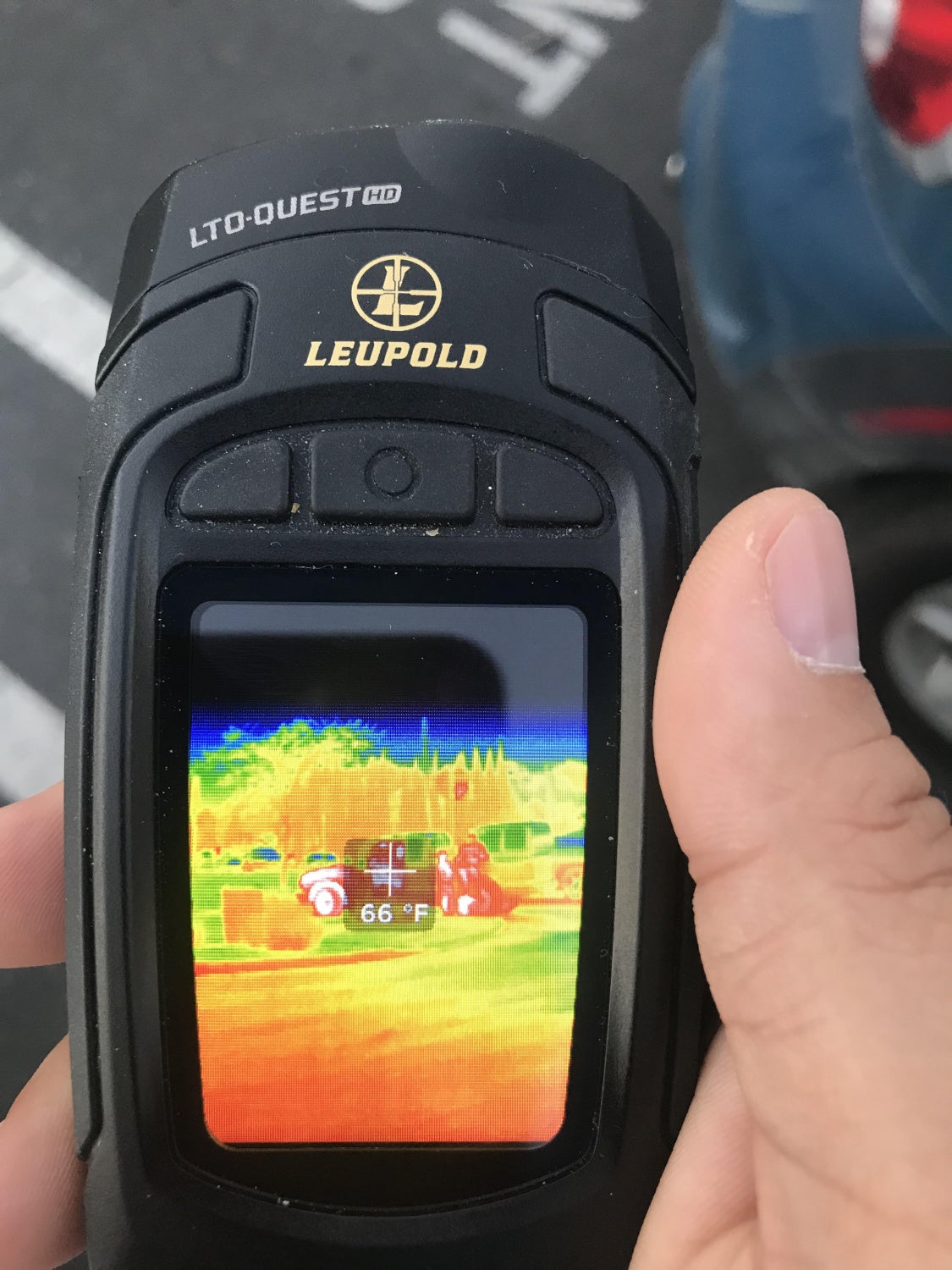

Troubles On The Away Mission
The LTO-Quest is neat at first. But when you actually use it, it has some issues. The form factor makes sense but is not all that practical. You have to look down to see the screen which is 90° from the thermal sensor lens. Scanning for things above the horizon is not that bad however scanning for things below you is not great. Say you are tracking an animal down a hill well now you have to tilt the Quest down to look at the ground, Now the screen is tilted away from you and its difficult to read it. Imagine you want to look at something below you. You could invert the Quest HD and have the screen be upside down. But that is a little awkward.
The other problem I found a little bit annoying is having to take my sight away from searching just to look down at the screen in my hand. This makes traversing over land a little bit cumbersome since I have to stop looking down to scan ahead to see where I want to go then tilt my head down to look back at the Quest screen.
In bright sunlight, it is a little difficult seeing small targets in the screen. I was scanning a small field with a bunch of squirrels in it. They were anywhere from 25 yards to 100 yards. I had a hard time seeing them in the Quest screen.
Take a look at the screen captured images below. I cannot tell if there are squirrels in this field. However, I could see them clearly with my naked eyes. Some of them stand up like prairie dogs.

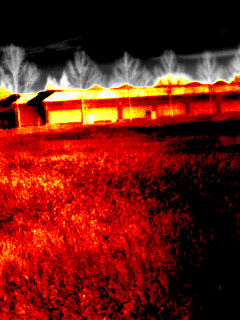

I would try this again at night when the ambient temperature is lower but the squirrels don’t come out at night.
Final Thoughts About The Quest HD
The Quest-HD is discontinued but when it was out it had an MSRP of $974.99. That seems a bit high for the low resolution and somewhat not so useful form factor. At least with the LTO Tracker your head is up and looking out while looking at the Tracker’s LCD display. Having to look down at the Quest HD just to see thermal is a bit annoying. I do like that the Quest HD has a built-in camera so you can use it at night for looking around in the dark and not have to hold a separate light in your other hand.
For spotting larger targets like people or animals, the Quest does an ok job out to 100 yards. Ambient temperatures will dictate how well you can see them. The Quest is an interesting little device and unique in its form factor but I can see why it was discontinued.
 Your Privacy Choices
Your Privacy Choices
